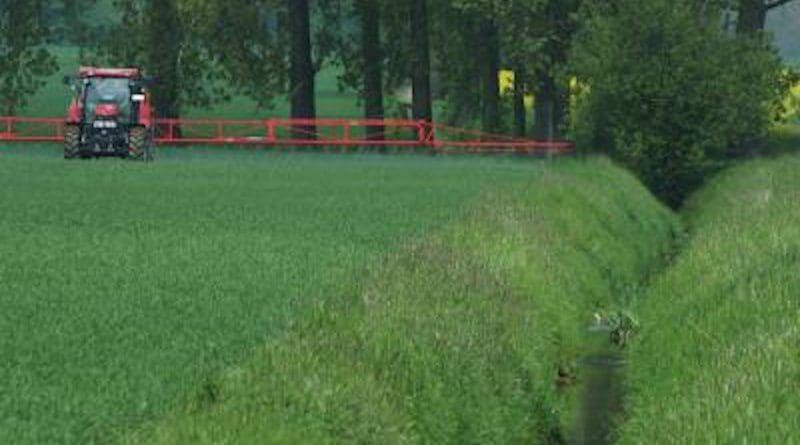Increasing Applied Pesticide Toxicity Threatens Plants And Insects
A group of scientists from the University of Koblenz-Landau, Germany, has shown that for plants and insects the applied pesticide toxicity in agriculture has substantially increased between 2004 and 2016. In a paper published in the current issue of Science, the authors show that this pattern is even relevant in genetically modified (GM) crops that were originally designed to reduce pesticide impacts on the environment.
“We have taken a large body of pesticide use data from the US and have expressed changes of amounts applied in agriculture over time as changes in total applied pesticide toxicity,” says lead author Ralf Schulz, professor for environmental sciences in Landau. “This provides a new view on the potential consequences that pesticide use in agriculture has on biodiversity and ecosystems”.
The amount of insecticides used in US agriculture has decreased substantially by more than 40% between 1992 and 2016. Fish, mammals, and birds face lower applied toxicities than in the 1990s, because insecticide classes such as organophosphates, which show high vertebrate toxicity, are used less today. Aquatic invertebrates and pollinators, such as honeybees, yet experience the opposite: despite reduced applied amounts, applied toxicity for these species groups has more than doubled between 2005 and 2015. A shift in the insecticides used towards usage of pyrethroid and neonicotinoid insecticides is responsible for this trend.
The applied toxicity increases for herbicides as well, alongside the applied amount. In this case, terrestrial plants are facing the highest increase in applied toxicity. Plants and pollinators are ecologically strongly connected. Simultaneously increasing applied toxicities in both groups thus alert to potential strong overall negative effects on plant and insect biodiversity.
GM crops have been developed to reduce the dependency of agriculture on chemical pesticide use. The results of the new study, however, clearly reveal that even in the two most important GM crops in the US, corn and soybean, the applied toxicity increases, along with increasing GM adoption, at the same rates as for conventional crops.
According to the authors, the results of the study likely apply to many other regions dominated by modern agriculture, though often the data for a thorough evaluation of trends in applied toxicity are not publicly available. Ralf Schulz adds: “These results challenge the claims of decreasing environmental impact of chemical pesticides in both conventional and GM crops and call for action to reduce the pesticide toxicity applied in agriculture worldwide.”

